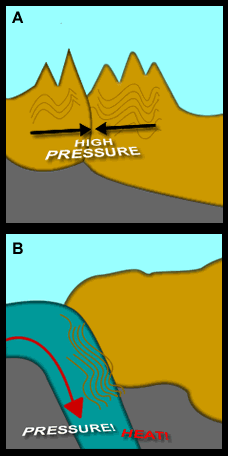When continents collide (A) or ocean crust subducts (B), rocks are altered by regional metamorphism.
L.Gardiner/Windows Original
Regional Metamorphism
Sometimes rocks are metamorphosed over large areas that are the size of many states or even several countries. This is called regional metamorphism.
How could this happen? What force has the power to change all those rocks? Read the three examples listed below and you will learn what is powerful enough to squish all those rocks until the crystals change.
- Pieces of the Earth's surface layer (called the lithosphere) crash into each other, rocks are squished and changed deep within mountain ranges.
- One piece of the lithosphere is pulled below another and the rocks are altered deep underground by the high pressure and temperature.
- Over time, rock is buried as rocks are deposited above.
What has the power to metamorphose all those rocks? The answer is MOVING ROCKS! Usually regional metamorphism happens as the rocky surface of the Earth moves by plate tectonics!
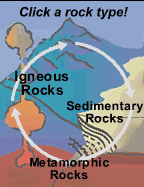
Last modified June 20, 2003 by Lisa Gardiner.
You might also be interested in:
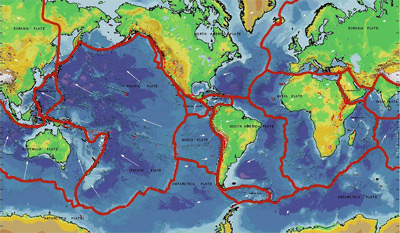
The main force that shapes our planet's surface over long amounts of time is the movement of Earth's outer layer by the process of plate tectonics. This picture shows how the rigid outer layer of the Earth,
...more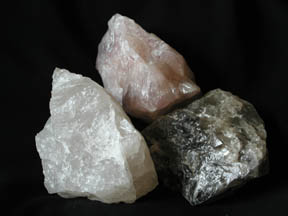
Spotting minerals is fun! There are many different types of minerals, each with a different name and a special set of characteristics. So, if you find a mineral that you do not recognize, you can use
...more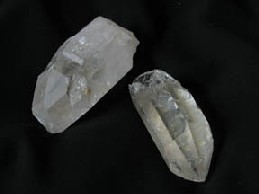
Quartz is one of the most common mineral in Earth’s crust! Silica (Si) and Oxygen (O) are the only elements within pure quartz. If a cooling magma has silica leftover after feldspars form, quartz is likely
...more
Mica minerals make some rocks sparkle! They are often found in igneous rocks such as granite and metamorphic rocks such as schist. They sparkle because light is reflected on their flat surfaces, which
...more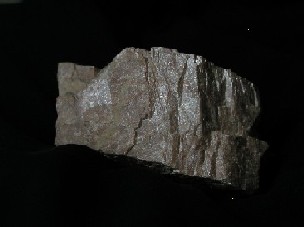
Feldspar is the most common mineral in the Earth’s crust, so you are very likely to find it in the rocks you collect! It is found it all of the three rock types, but is most common in intrusive igneous
...more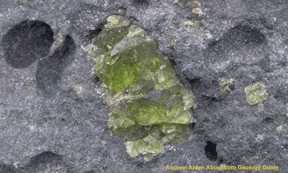
Olivine looks like little green crystals. It is typically found in some igneous and metamorphic rocks. Often the crystals are so small that you need to use your hand lens or magnifying glass to see them
...more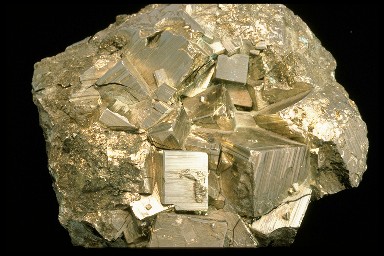
So far, over 2000 minerals have been found, and every year new ones are discovered. That's a lot of minerals! Don't worry! You don't need to know them all to be a rock hound. In fact, only a few dozen
...more
